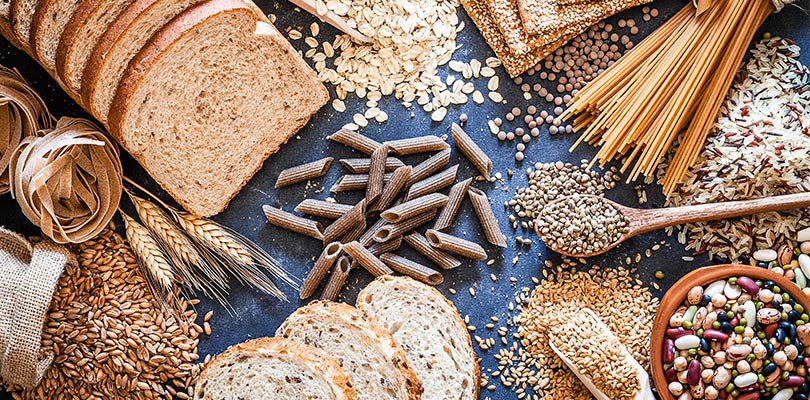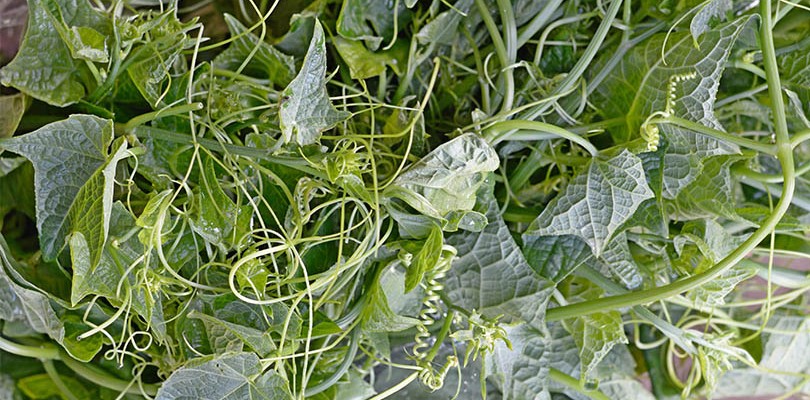
Photo Credit: Tonkhnthai / istockphoto.com
Herbs for Diabetes
Herbs can be used as part of a comprehensive treatment plan for diabetes.
Since they lower blood sugar levels, it is important to monitor you blood glucose readings carefully if you add herbs to your treatment protocol. Some people are able to maintain blood glucose levels within a healthy range by using herbs in addition to dietary and lifestyle changes. Others are able to reduce the dose of hypoglycemic medications needed. Herbal therapies may be particularly useful for people who have been diagnosed with prediabetes.
Herbs work by a variety of mechanisms. Some directly decrease blood sugar levels while others improve insulin sensitivity and decrease insulin resistance. Herbs that enhance the production of insulin are available and are used to prevent long term complications and address conditions diabetics often have, like vascular illnesses.
Clinical trials of herbal therapies for diabetes are limited; however they do indicate that herbs for diabetes treatment are effective and generally safe. Let’s take a look at some of the most effective herbs used for the treatment of diabetes.
1. Ivy Gourd (Coccinia Indica)
Ivy gourd has a long history of use by Ayurvedic practitioners for the treatment of diabetes. The herb improves insulin production and may protect the cells of the pancreas, too. The recommended dose is 15 grams of dried herb daily.
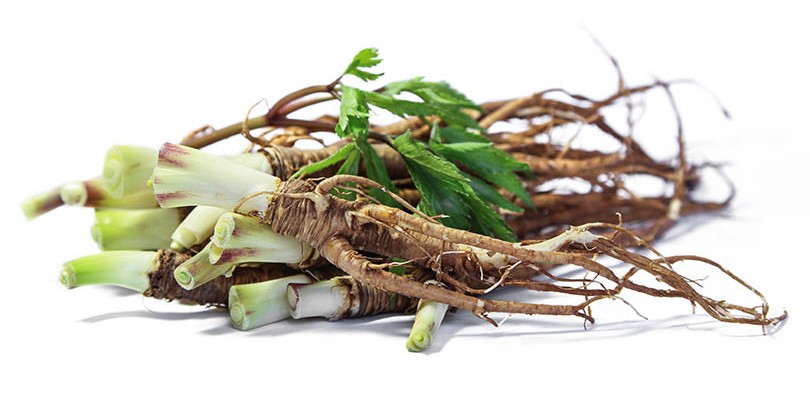
Photo Credit: ChViroj / istockphoto.com
2. Asian Ginseng (Panax Ginseng)
Asian ginseng helps the body to use glucose more effectively and to improve the effectiveness of insulin. Asian ginseng also enhances the way that the body metabolizes fats. This is important as many diabetics suffer from metabolic syndrome, which may lead to cardiovascular disease. The herb offers benefits for the entire body.
However, Asian ginseng may be too stimulating for some individuals, and could cause insomnia or headaches. It should not be used if you have hypertension or asthma, or if you are taking a class of antidepressants known as monoamine oxidase inhibitors (MAO inhibitors).
The average dose of Asian ginseng is six grams daily. Users must be careful to obtain the herb from reputable sources because poor quality ginseng or other species are sometimes sold as Asian ginseng.

Photo Credit: leungchopan / istockphoto.com
3. American Ginseng (Panax Quinquefolius)
American ginseng is less stimulating than Asian ginseng, and recent studies have confirmed it is capable of reducing fasting blood sugar and hemoglobin A1c levels. The herb works by increasing the production of insulin and improving its use, making the cells more sensitive to insulin.
American ginseng may be used by a broader range of people without side effects than Asian ginseng. However, the herb is overharvested and therefore threatened. Users should only purchase wood grown/cultivated ginseng. Recommended doses vary.
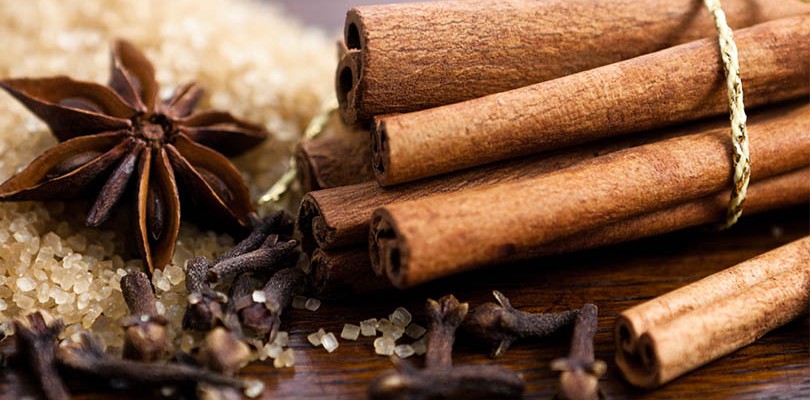
Photo Credit: barol16 / istockphoto.com
4. Cinnamon (Cinnamomum Cassia)
Cinnamon appears to lower blood sugar levels, however scientists are not sure of how the spice works. It appears to improve insulin production and sensitivity. The effectiveness and recommended doses of cinnamon vary greatly, but I suggest consuming one teaspoon of the spice daily. Users may add it to a smoothie or hot breakfast cereal.
If using the culinary spice, it is important to ascertain that cinnamomum cassia is the variety being used. Other types of cinnamon are commonly sold and they may not offer the same benefits. Unless a person is allergic to cinnamon, the spice is generally safe.

Photo Credit: Yasonya / istockphoto.com
5. Garlic (Allium Sativum)
Treating diabetes is one of many uses for this versatile, powerful herb. Garlic contains ample amounts of glucose-reducing sulfur. It enhances the effects of insulin and improves the liver’s ability to convert glucose into glycogen. It also helps to lower cholesterol levels, improves cardiovascular health and prevents the formation of blood clots. It also prevents infections, which diabetics are prone to get.
I recommend using fresh, raw or lightly toasted garlic if possible. Consuming a clove or two daily is sufficient. Some people dislike the taste of the fresh herb, and for these people odor-free garlic capsules and tablets are also available. If using garlic supplements, I recommend that the equivalent of three to five grams of fresh garlic be consumed, in divided doses each day.
Some people may find garlic irritates the stomach. People who are taking blood thinners, have bleeding disorders, or who are undergoing surgery should not use garlic because of its blood “thinning” actions. Some studies regarding garlic’s ability to reduce blood sugar are conflicting, however I believe diabetics should use the herb regardless, due to its abilities to enhance overall wellness.
There are many lifestyle factors to be considered when trying to manage your blood sugar. Here are some healthy habits that diabetics should adopt.

Photo Credit: HandmadePictures / istockphoto.com
6. Psyllium Seed (Plantago Ovata)
Psyllium seed is a common ingredient in stool softeners, but is also useful for diabetics. It lowers blood sugar levels by improving digestive function. Research confirms that hemoglobin A1c levels are improved when psyllium is used. The recommended dose is 10-15 grams, two or three times daily. The herb should be taken before meals with plenty of water, and not at the same time as medications or other supplements. Psyllium may cause gas in some individuals.
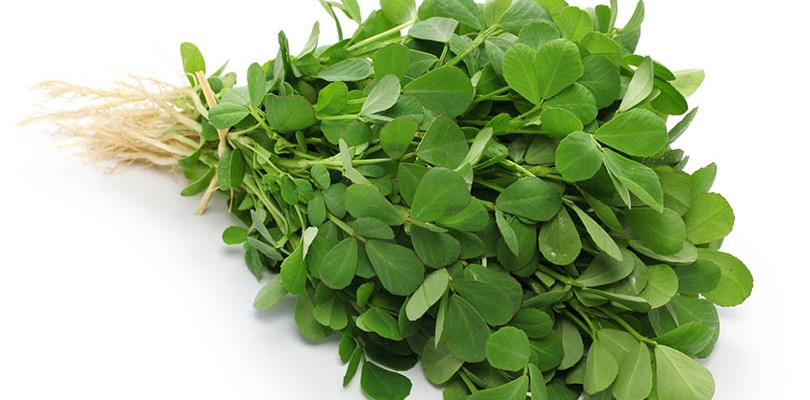
Photo Credit: bonchan / istockphoto.com
7. Fenugreek (Trigonella Foenum Graecum)
Fenugreek has been used for thousands of years to treat diabetes. It reduces blood sugar levels and improves insulin sensitivity. Recommend dosages vary greatly. Fenugreek should not be taken simultaneously with other medications. People who have digestive problems, including malabsorption, may not tolerate the herb, and it may cause an allergic reaction in people who are allergic to chickpeas. It should also not be used by individuals who suffer from malnutrition.
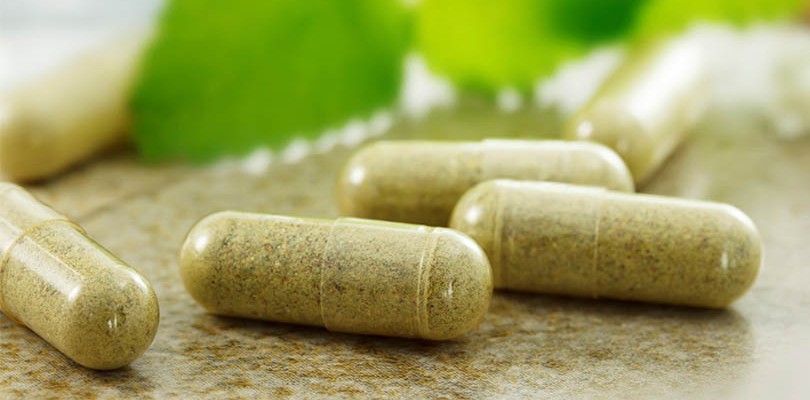
Photo Credit: Melpomenem / istockphoto.com
8. Gymnema Sylvestre
This herb is often found in herbal diet pills. It reduces cravings for sugar and improves insulin production – even among people who have sustained damage to the insulin-producing cells of the pancreas. The herb has been found to be safe and beneficial for both insulin dependent and non-insulin dependent diabetics. Gymnema may cause hypoglycemia if used with anti-diabetic drugs, and people who have malabsorption issues or suffer from gastritis should not use it.

Photo Credit: LM3311 / istockphoto.com
9. Burdock (Arctium Lappa)
This nutritious herb may be consumed as a food or as an herbal supplement. The Japanese root vegetable known as gobo clashroyaleboom is burdock root. It can be added to soups and stews, and has a mild flavor.
Burdock root helps the body to detoxify itself. It supports the health of the liver and protects the kidneys, while the roots can help lower blood sugar levels.
While its flavor is mild, the herb has the effect of an herbal bitter. Herbal bitters help the entire body, stimulating the endocrine system, including the pancreas, to function well. Burdock is safe and well-tolerated by most people.
Many other herbs are being investigated to evaluate their potential as anti-diabetic agents. Do not try to treat diabetes without the guidance of a qualified health practitioner.
Read more about diabetes and nutrition over at NewLifeOutlook.
Good news, you don't have to give up coffee altogether — but you may have to change the way you drink it.





